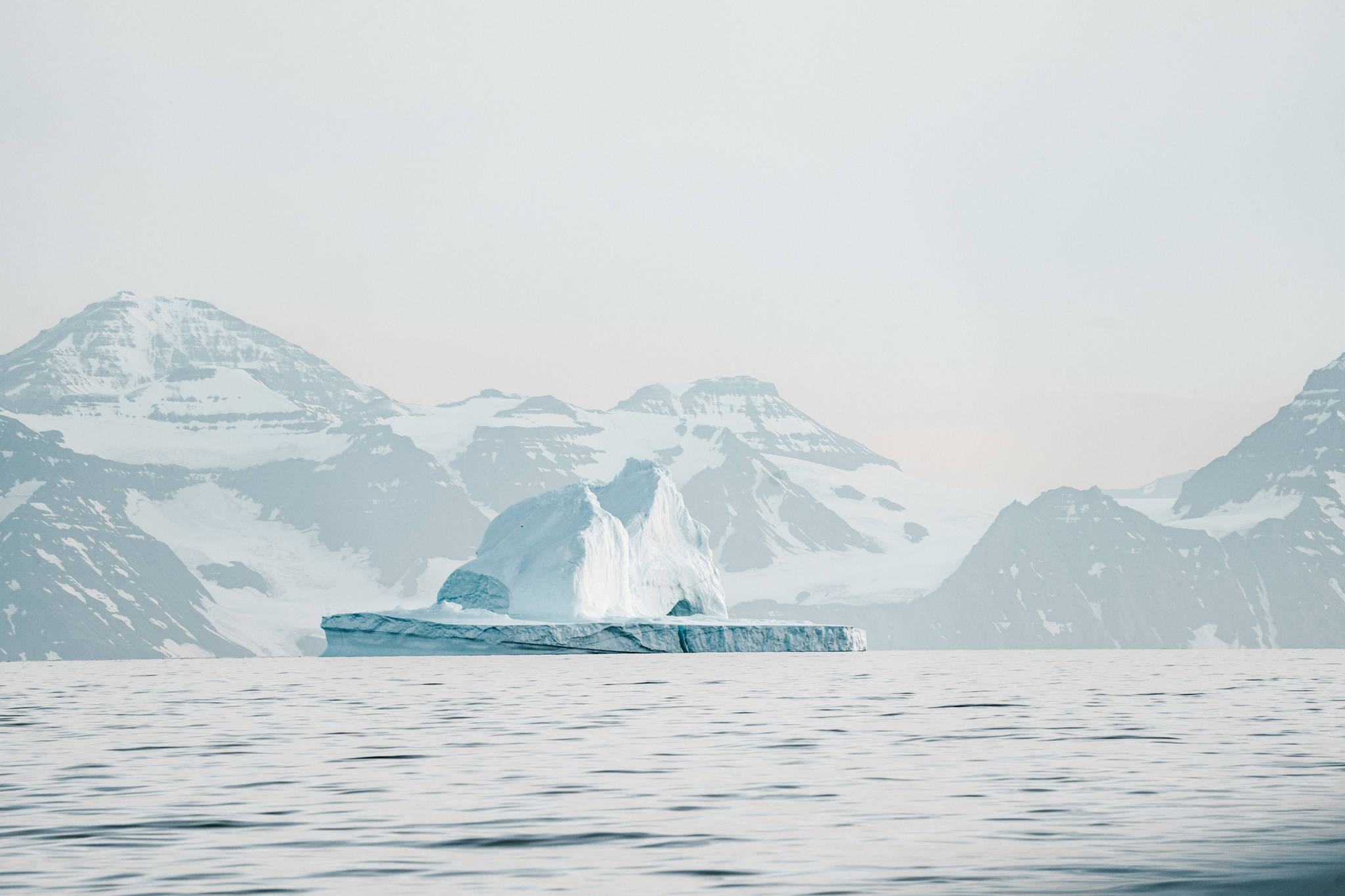Two centuries ago, the SS Savannah made history as the first steamship to transit the Atlantic. At just 98 feet long and with a single, 90-horsepower engine, the vessel departed Savannah, Georgia on May 22, 1819 and arrived in Liverpool, England nearly a month later.
Her maiden voyage — without cargo or paying passengers due to fears about this new means of ocean propulsion — opened a new chapter in maritime history. Appropriately, when Congress established National Maritime Day in 1933, it chose May 22 as the official date for this annual holiday.
National Maritime Day this year marks the 200th anniversary of Savannah’s historic voyage, and like then, our nation has the opportunity to play a leading role in another maritime revolution — the emergence of the Arctic as a viable option for shipping between North America, Asia and Europe.
As president of the nonprofit Alaska Maritime Prevention & Response Network, I am keenly aware of the unique position Alaska holds in guiding the national discussion, and the incredible opportunities and challenges ahead as vessel traffic increases in our region.
[Opinion: As Alaskans consider Pebble Mine, a cautionary tale from Montana]
As nations like Russia, China, Canada and Norway outpace the U.S. in preparing for the future of Arctic shipping, Alaska continues to shed light on the critical discussions that must be elevated to the highest priority in Washington, D.C. As a nation we must double our efforts to make sure our Arctic strategy, policies and infrastructure are sufficient to protect our interests while positioning the U.S. to take advantage of tremendous opportunities ahead.
Earlier this month, I attended a congressional hearing by the Subcommittee on Coast Guard and Maritime Transportation, of which Rep. Don Young, R-Alaska, is a senior member. The hearing illustrated the numerous ways the U.S. lags behind in policy, funding and infrastructure. Former Lt. Gov. Mead Treadwell was among those invited to testify. He is co-chair of the Woodrow Wilson Center’s Polar Institute and chairs the Arctic Circle Mission Council on Arctic Shipping and Ports, an Iceland-based, non-governmental organization.
Treadwell advised the committee members of our nation’s serious gaps in the Arctic, ranging from shortages of icebreakers, the absence of deep-water ports, vessel support and refueling facilities, and emergency response capabilities. He cautioned lawmakers that inaction by the U.S. “undercuts efforts to develop a safe, secure and reliable Arctic marine transportation system.”
I could not agree more. The U.S. is slowly making progress in overcoming its disadvantages among other Arctic nations.
The Coast Guard is beginning construction on up to three new heavy ice breaking Polar Security Cutters. Congress is working with the Alaska and Bering Straits Native Corporation to determine a strategy for developing America’s first deepwater Arctic port. And, the International Maritime Organization endorsed a joint U.S.-Russia shipping lane proposal for the Bering Strait.
[Opinion: Cruise ship tourism is damaging our way of life]
We at the Network want to do our part for the Arctic. Our mission is to protect vessels, crews and Alaska’s marine environment through partnerships that monitor vessel traffic 24/7 over 1.5 million square miles of Alaska waters, and prepare for potential emergency response. The ability to track vessels and detect problems in real-time allows for rapid responses to vessels in distress.
Helping shape the future of Arctic shipping is another pillar of our mission that requires research and engagement at the national and global level to help guide smart, sustainable solutions. As a nonprofit, the Network brings unique, regional expertise and the perspectives of vessel operators to the table, so policies being developed are practical and ultimately successful.
For decades, Alaska has led the way in drawing the attention of national leaders toward this new era in maritime history. As the U.S. works to play more of a leadership role, lawmakers will continue to look to Alaska’s delegation and subject matter experts like Treadwell and the Network.
In many ways, our nation’s future in Arctic shipping is in the hands of Alaskans. Let’s set a course to ensure the U.S. is fully committed to making the Arctic a national priority backed by a conviction to build infrastructure and policies for a successful journey.
• Buddy Custard is the president and chief executive officer of the Alaska Maritime Prevention & Response Network. He possesses extensive knowledge and expertise working maritime operations from both the public and private sectors, including serving with the U.S. Coast Guard for over 30 years attaining the rank of captain, and as an executive for an oil exploration and production company operating in the U.S. Arctic Outer Continental Shelf. My Turns and Letters to the Editor represent the view of the author, not the view of the Juneau Empire.

